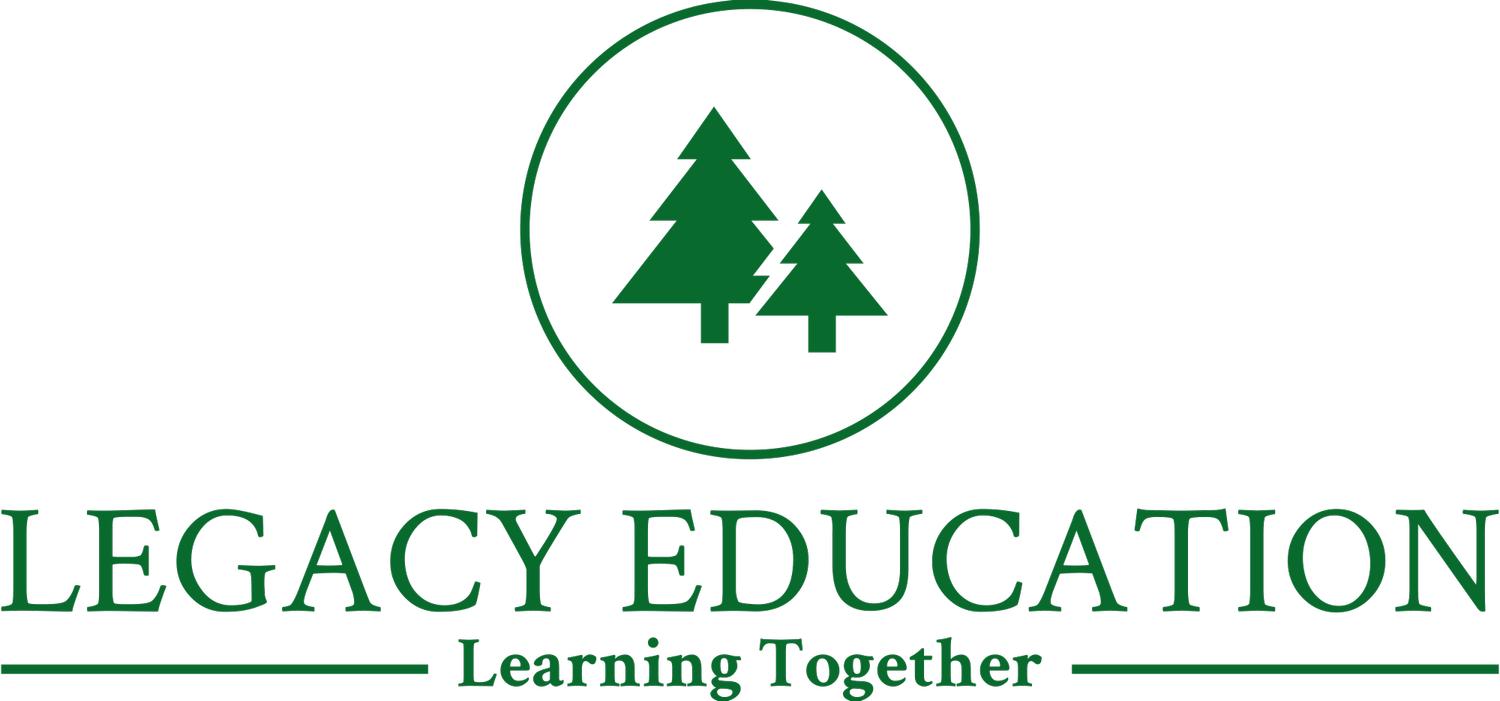Gen Z’s Brains: How To Bring Today’s Kids Back to the Real World
Imagine a generation growing up with their feet planted in the real world but their minds locked in a digital haze. Many of today’s students, including Gen Z, are losing touch with essential cognitive skills, decision-making abilities, and emotional resilience—all critical functions of the prefrontal cortex. And why? Because their brains are constantly on a roller coaster of digital stimulation, and they’re often overprotected in the real world and under-protected in the digital one.
This is the focus of Universal Best Practices (UBP): to re-anchor kids’ brains back into reality. We’re tackling a problem that may be one of the most pressing of our time—one that traditional teacher standards overlook and that Jonathan Haidt powerfully examines in his book The Anxious Generation. The prefrontal cortex, the part of the brain responsible for decision-making, impulse control, and logical thinking, develops largely in response to real-world challenges and meaningful, face-to-face interactions. But what happens when young people live through their screens and experience an endless loop of digital distractions? They’re missing out on critical development, and the effects are visible.
The Digital Divide: A Different Kind of Lost Generation?
Most Gen Z kids have been exposed to screens and social media since early childhood. This constant digital immersion has created an environment where they’re frequently *reacting* to quick dopamine hits rather than *reflecting* on experiences. Research suggests that the prefrontal cortex—the brain’s control center for thoughtful decision-making—needs real-world experiences to mature properly. Yet, digital spaces don’t engage these areas in the same way. The result? A generation that struggles with attention spans, emotional regulation, and critical thinking.
But what’s even more concerning is the paradox of protection they face: in real life, we often shelter young people from experiences that could help them grow, yet we throw them unprepared into a digital world where privacy, boundaries, and emotional safety are regularly disregarded. This imbalance leaves kids vulnerable. They’re often missing out on the natural process of learning resilience through real-world interactions, while at the same time, digital platforms inundate them with information they aren’t equipped to process healthily.
Rebuild Connections in the Real World
This is where Universal Best Practices comes in, offering teachers a roadmap to bring students back into reality. At its core, UBP focuses on four critical areas that not only support student learning but directly nurture the prefrontal cortex’s growth: Communication & Interaction, Learning & Cognition, Social-Emotional Strengthening, and Executive Functioning. These areas encourage real-world, in-person skills that students must develop to thrive.
1. Communication & Interaction
UBP encourages teachers to foster genuine, face-to-face communication in the classroom, which is a powerful tool in re-engaging students with their peers and teachers. Real conversations, eye contact, and active listening are critical to prefrontal cortex development and cannot be replicated through text messages or social media comments. When kids engage in these activities, they learn empathy, patience, and nuance—skills that digital platforms fail to nurture.
2. Learning & Cognition
Rather than allowing students to rely on easy answers and quick Google searches, UBP focuses on critical thinking, problem-solving, and reflective learning. This approach challenges students to process information actively rather than passively consume it. When students work through a problem step-by-step, the brain has time to reinforce pathways that support logical thinking and deeper understanding—again, engaging that prefrontal cortex.
3. Social-Emotional Strengthening
The social landscape of digital media often leaves kids feeling isolated, anxious, or even threatened. UBP’s focus on social-emotional strengthening gives students tools to understand, regulate, and express their emotions in a safe, constructive environment. Teachers guide students in managing conflicts, setting boundaries, and building self-awareness. Instead of scrolling through curated feeds, they’re actively participating in social learning that benefits both brain development and emotional well-being.
4. Executive Functioning
Finally, executive functioning skills such as organization, time management, and goal setting help students take control of their lives. Digital distractions often work against these abilities by promoting instant gratification and minimizing long-term planning. UBP’s emphasis on building executive functioning helps students prioritize their responsibilities, delay gratification, and make better decisions—all essential to a healthy, well-developed prefrontal cortex.
Bringing Kids Back from the Digital Cliff Edge
At the end of the day, this isn’t just about improving classroom outcomes. It’s about re-anchoring kids’ minds to the real world. As we grapple with the impact of technology on the youngest generation, We offer a way forward, a way to bring balance to a landscape tilted too far in the direction of constant digital engagement. In a world that’s gone “online,” UBP helps teachers and students return to the experiences - and relationships - that matter most.
As educators, leaders, and parents, we have a choice to make. Will we continue to allow students to drift further into the digital abyss? Or will we give them the tools they need to re-engage, focus, and build the life skills that every generation before them took for granted? Universal Best Practices is the bridge between today’s students and the meaningful, grounded life they deserve.
So let’s ask ourselves: are we ready to help kids anchor back into the real world? If so, UBP is the map—and the journey starts now.



